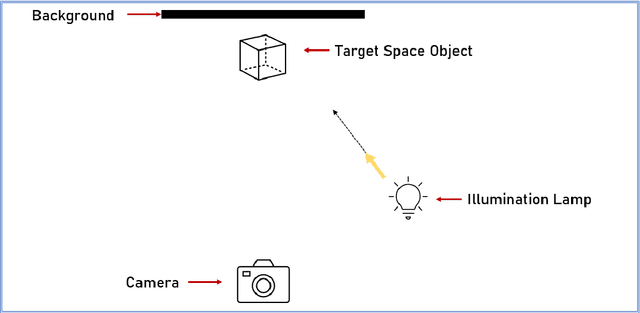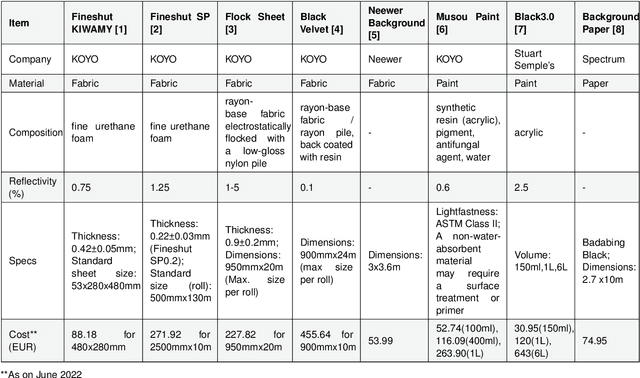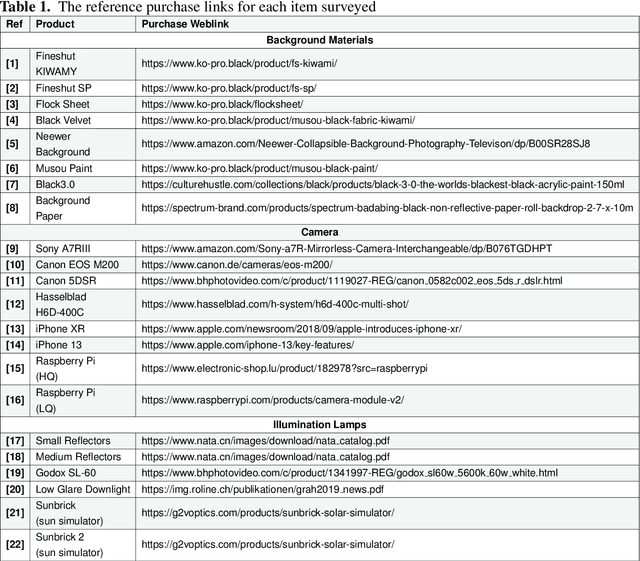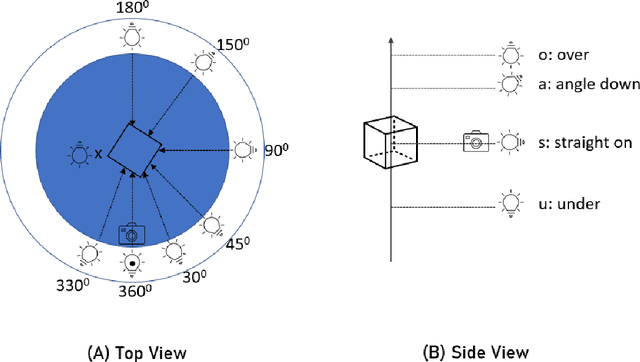Inder Pal Singh
LAA-Net: Localized Artifact Attention Network for High-Quality Deepfakes Detection
Jan 24, 2024



Abstract:This paper introduces a novel approach for high-quality deepfake detection called Localized Artifact Attention Network (LAA-Net). Existing methods for high-quality deepfake detection are mainly based on a supervised binary classifier coupled with an implicit attention mechanism. As a result, they do not generalize well to unseen manipulations. To handle this issue, two main contributions are made. First, an explicit attention mechanism within a multi-task learning framework is proposed. By combining heatmap-based and self-consistency attention strategies, LAA-Net is forced to focus on a few small artifact-prone vulnerable regions. Second, an Enhanced Feature Pyramid Network (E-FPN) is proposed as a simple and effective mechanism for spreading discriminative low-level features into the final feature output, with the advantage of limiting redundancy. Experiments performed on several benchmarks show the superiority of our approach in terms of Area Under the Curve (AUC) and Average Precision (AP). The code will be released soon.
Lessons from a Space Lab -- An Image Acquisition Perspective
Aug 18, 2022



Abstract:The use of Deep Learning (DL) algorithms has improved the performance of vision-based space applications in recent years. However, generating large amounts of annotated data for training these DL algorithms has proven challenging. While synthetically generated images can be used, the DL models trained on synthetic data are often susceptible to performance degradation, when tested in real-world environments. In this context, the Interdisciplinary Center of Security, Reliability and Trust (SnT) at the University of Luxembourg has developed the 'SnT Zero-G Lab', for training and validating vision-based space algorithms in conditions emulating real-world space environments. An important aspect of the SnT Zero-G Lab development was the equipment selection. From the lessons learned during the lab development, this article presents a systematic approach combining market survey and experimental analyses for equipment selection. In particular, the article focus on the image acquisition equipment in a space lab: background materials, cameras and illumination lamps. The results from the experiment analyses show that the market survey complimented by experimental analyses is required for effective equipment selection in a space lab development project.
 Add to Chrome
Add to Chrome Add to Firefox
Add to Firefox Add to Edge
Add to Edge